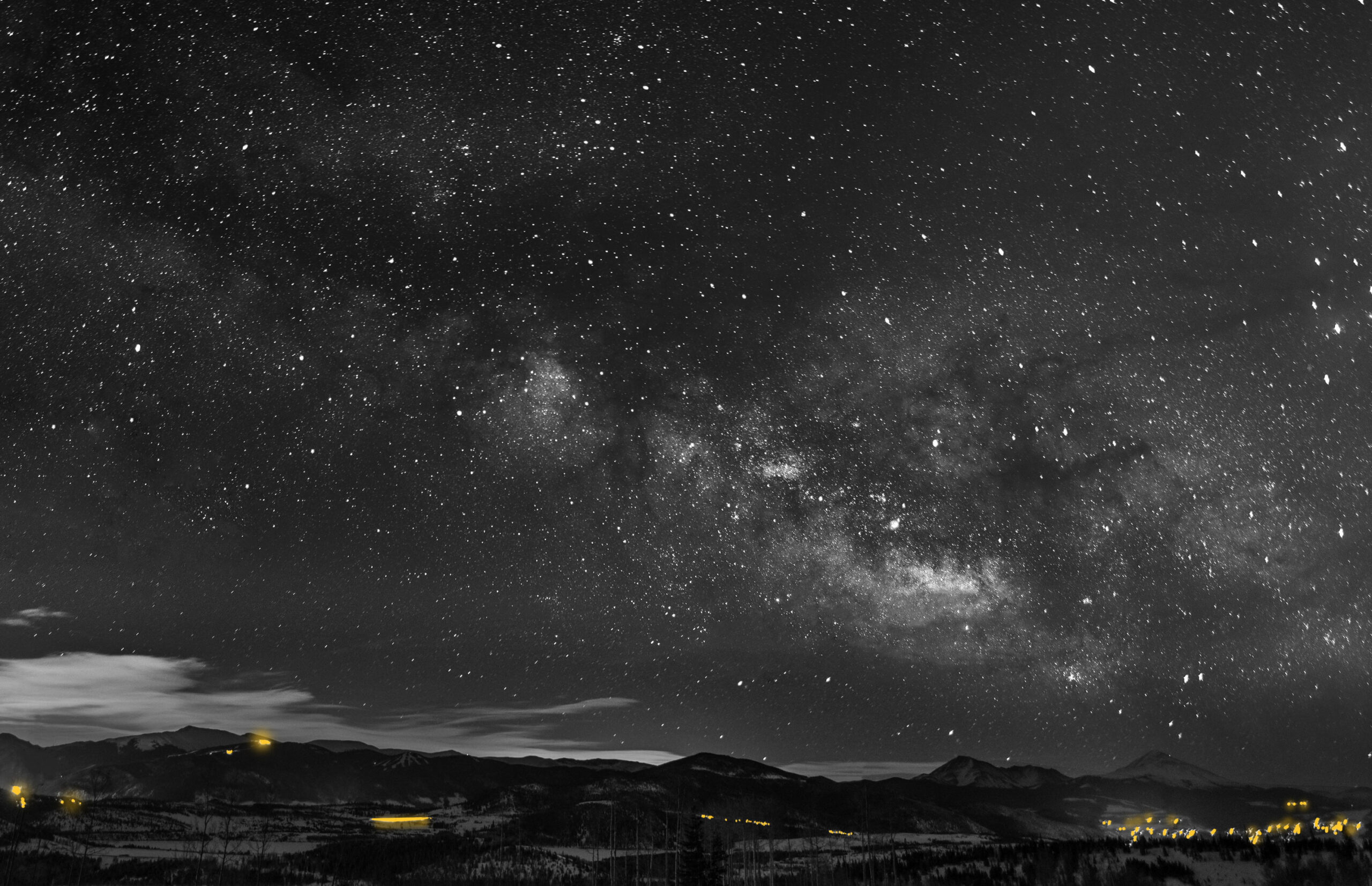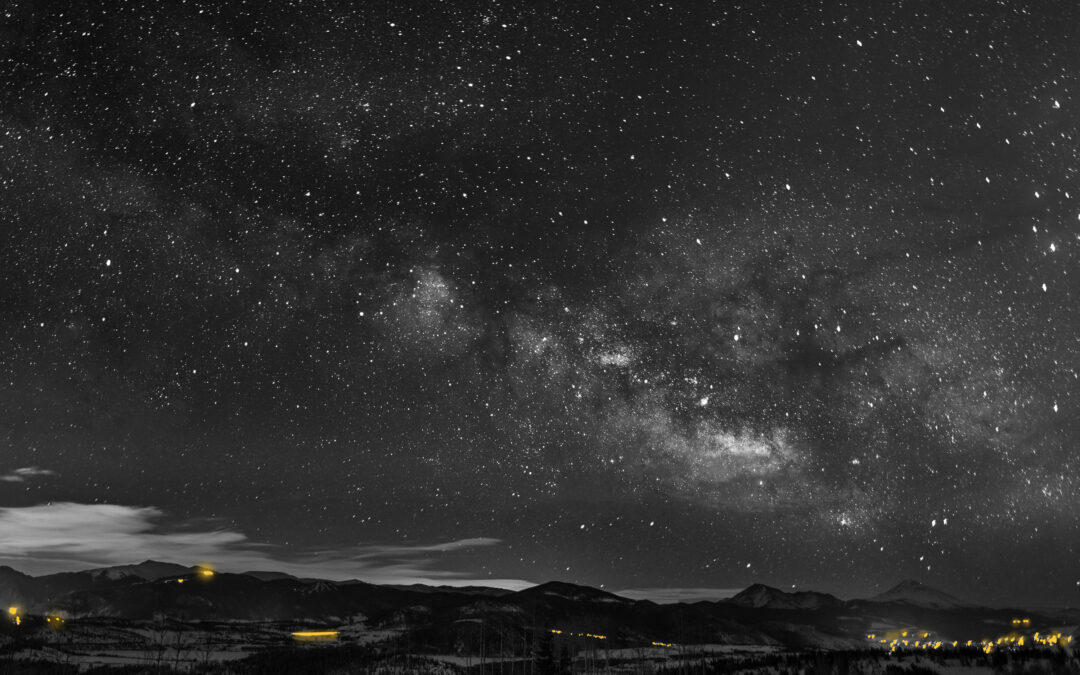
WINTER SOLSTICE, THE LONGEST NIGHT OF THE YEAR
Dec 14, 2023
Sol•stice n. [Latin sōlstitium, equivalent. to sōl sun + -stit-, combining form of stat-, variant stem of sistere to make stand]
Either of the two times a year when the sun is at its greatest distance from the celestial equator: the winter solstice, about December 22, happens when the sun reaches its southernmost point.
Since prehistory, the winter solstice has been a significant time of year in many cultures and has been marked by festivals and rituals. It represents the symbolic death and rebirth of the Sun, the gradual waning of daylight hours is reversed and begins to grow again. Some ancient monuments (Stonehenge, to mention one) are aligned with the sunrise or sunset on the winter solstice.
And as we have a high sensibility on light an all its declinations, we cannot not consider its absence, the night, and so that condition that needs to be carefully preserved: dark sky.
Whether it’s a façade or a urban garden, a pedestrian pathway or a villa in a natural reserve, the project of the light not only must respect the principles for a conscious and nature-centric design but it has to set a new standard. No more useless lights but controlled and targeted ones in order to reach lower levels of luminous pollution and so, darker nights. The real luxury today is a place where to see the stars.
The design of light then must follow this five mandatory pricinples: useful, targeted, controlled, warm and with low levels.
If you’re interested about this very contemporary topic or just want to learn more, here follow some useful links to deep-dive:
- Marinella Patetta, founder of Metis Lighting, in conversation with Patricia Viel about nature-centric design: video conversation
- Dark Skies. Places, practices, communities.
An open publication edited by Nick Dunn and Tim Edensor - The Darkness Manifesto, Johan Eklof, on Good Reads
- on Financial Times, an honest and insightful review of the Darkness Manifesto by Johan Eklof Here the full article
- The Dark Sky association
- The full dossier “Ritrovare la notte” of the L’Ambiente magazine, published by BAFU, the Swiss Federal Office for the Environment. In particular the Editorial of Katrin Schneeberger.
Unsplash + Metis Editing

